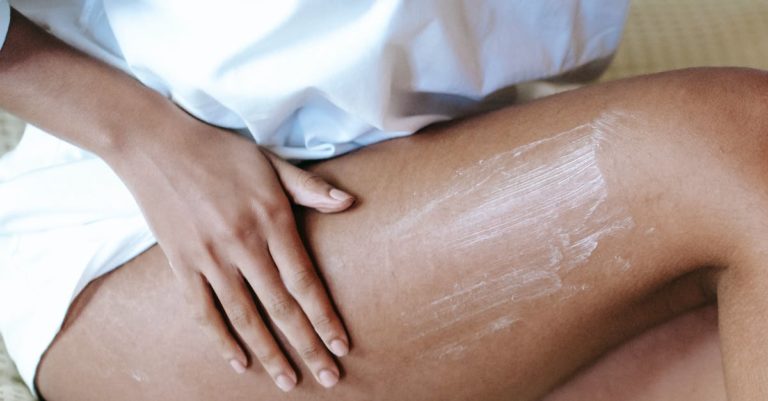Rosacea Causes And Treatment
Rosacea causes and treatments come in many different forms. Redness is a common symptom that can be mild to severe. Many people who suffer from this condition have triggers that they can identify, and which they can avoid or take control of, to help reduce the amount of redness, irritation and discomfort they experience each day. Redness often appears first on one corner of the face and gradually spreads across the entire face. Redness often responds quickly to treatment options and you may have redness even if you have not had a breakout for several weeks or months.
Understanding rosacea causes and treatments is very important if you want to avoid the embarrassing, persistent redness and itching that can accompany this skin condition. Redness can result from a number of different things including allergic reactions to certain foods, exercise, emotional trauma, mechanical stimuli such as brushing your teeth or washing your face, certain medications, illness, hormonal changes and many other factors. Understanding what things to avoid and what triggers are likely to cause you to have outbreaks can help to eliminate them when they occur. Having a good dermatologist is a great place to start because your doctor will be able to identify triggers and determine the best way to avoid or treat them. Your dermatologist will also be able to help you to manage symptoms and minimize redness.
One of the main rosacea causes is acne-like breakouts. Acne can cause redness across the cheeks, forehead and nose. Many people experience small, white or red pimples each month, especially during the summer months. Pimples can be persistent and severe, and sometimes even leave scars behind. Preventing these symptoms in the future is important for minimizing outbreaks and restoring your appearance.
Another rosacea causes and treatment is called photodynamic therapy. This method aims to treat the condition by restructuring the skin via chemical means. Some of the common ingredients used in photodynamic therapy include alpha hydroxyl acids and hydrazine sulfate. A national rosacea society survey shows that about 85% of the people with this condition have experienced dramatic results after undergoing this treatment, with some improvement occurring within days.
Skin discoloration is one of the main reasons for redness, swelling and irritation. In addition, many people with rosacea notice flushing, which can be very embarrassing. Fortunately, there are many ways to control these symptoms and prevent them from occurring as often as they do. Some of these methods include using topical creams to improve the appearance of the skin; using self-help methods such as meditation and relaxation techniques; taking medications including antibiotics and antihistamines to control the symptoms; and finally, following healthy diet and lifestyle habits to prevent the appearance of rosacea symptoms. A good rule of thumb is to avoid products that contain strong fragrances and dye, which can make your outbreaks worse.
If the condition is severe, a surgical procedure called laser treatment may be performed to improve the appearance of the face and eliminate redness. If you are considering laser treatment for rosacea, then your physician will need to perform an evaluation and determine whether or not it would be beneficial to your particular case. The procedure typically involves targeting a small localized area where the sun-damaged skin has formed, such as the eyelids or around the nose. Laser treatments have been successful in treating erythematotelangiectatic rosacea and treating symptoms like facial redness, swelling and flushing







